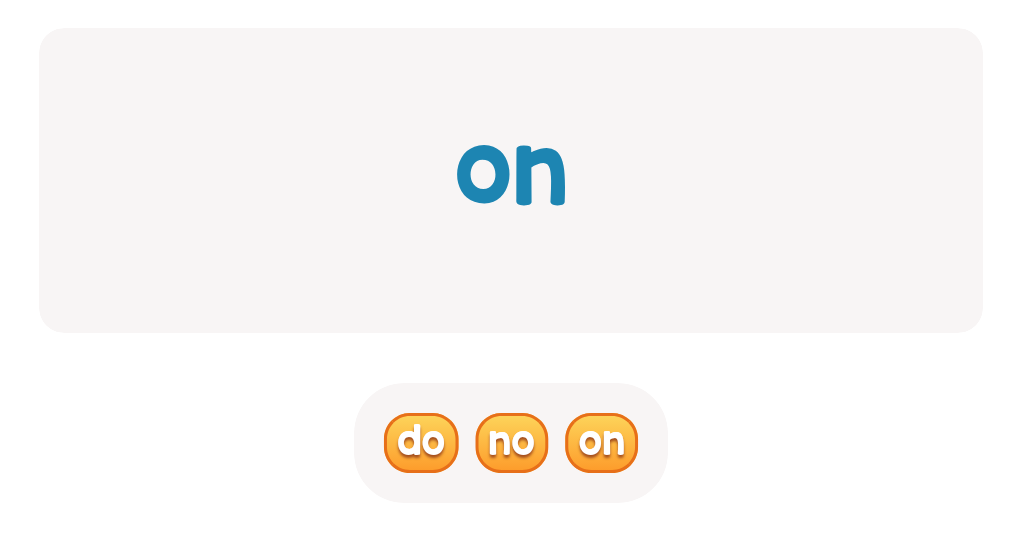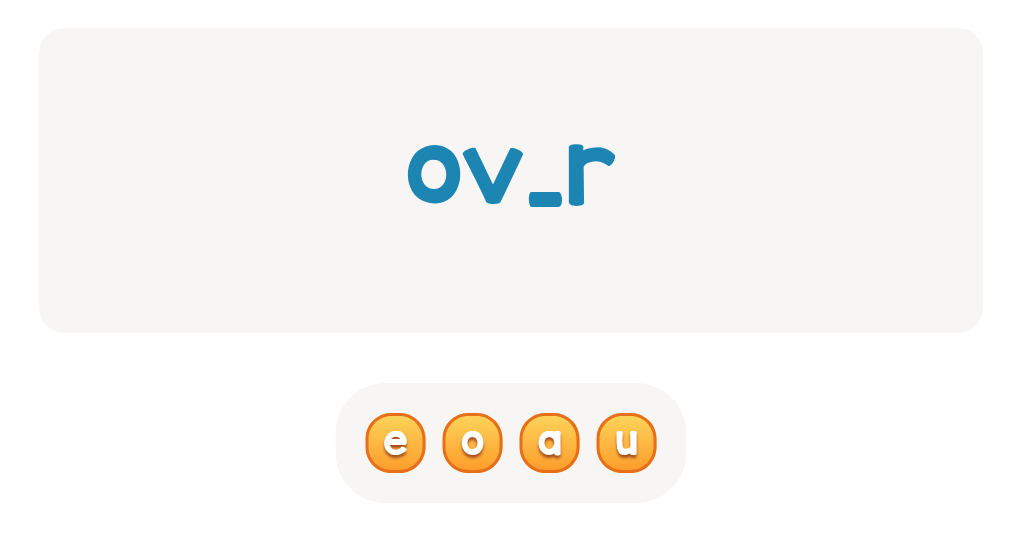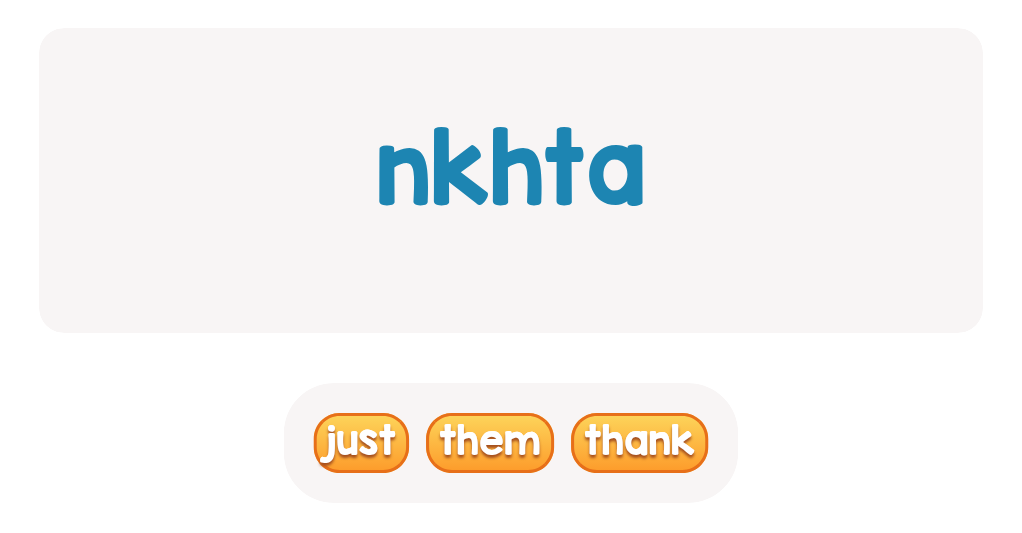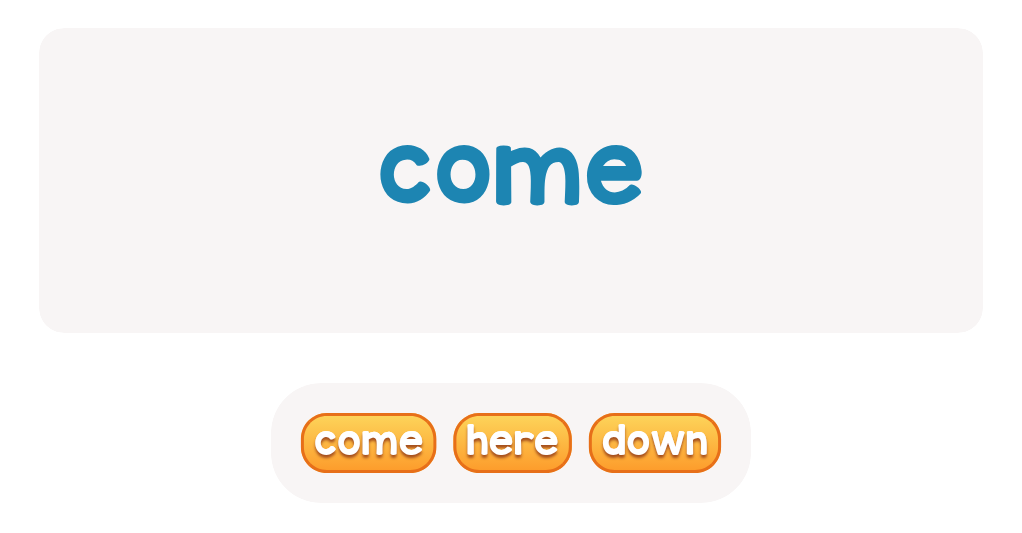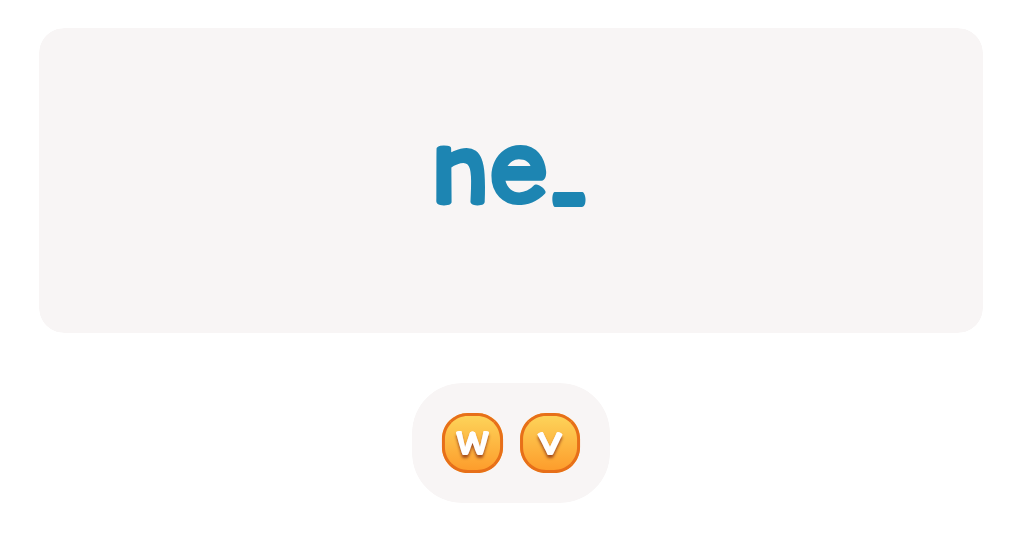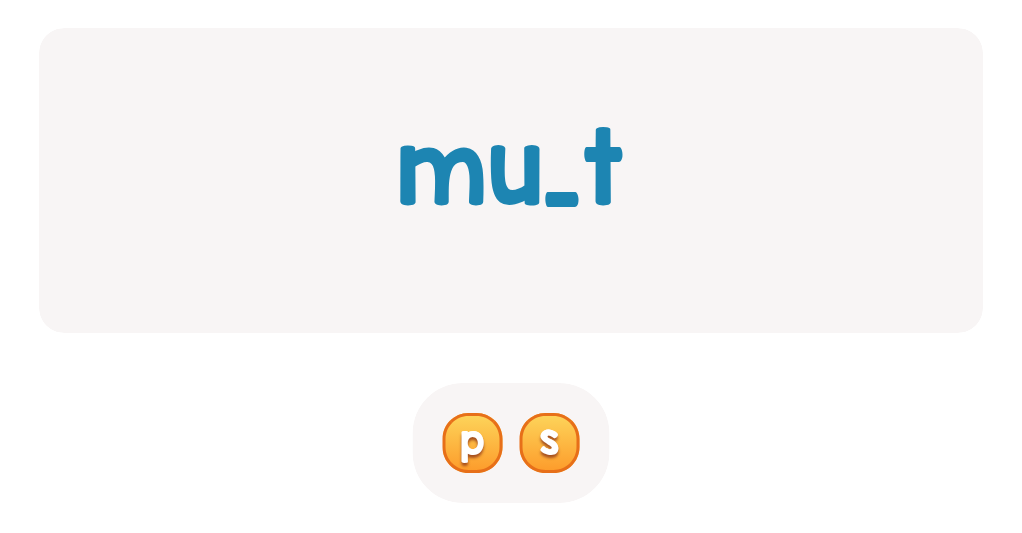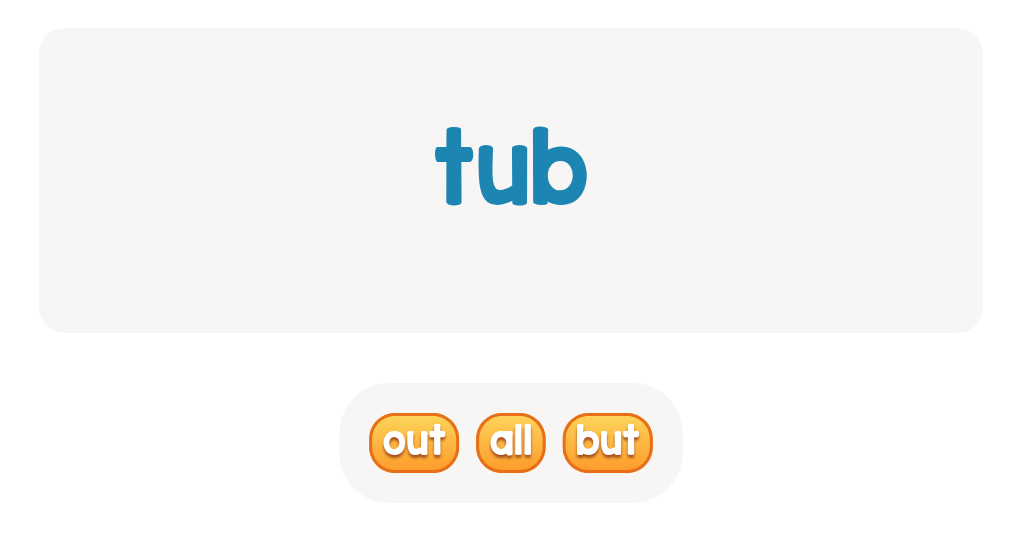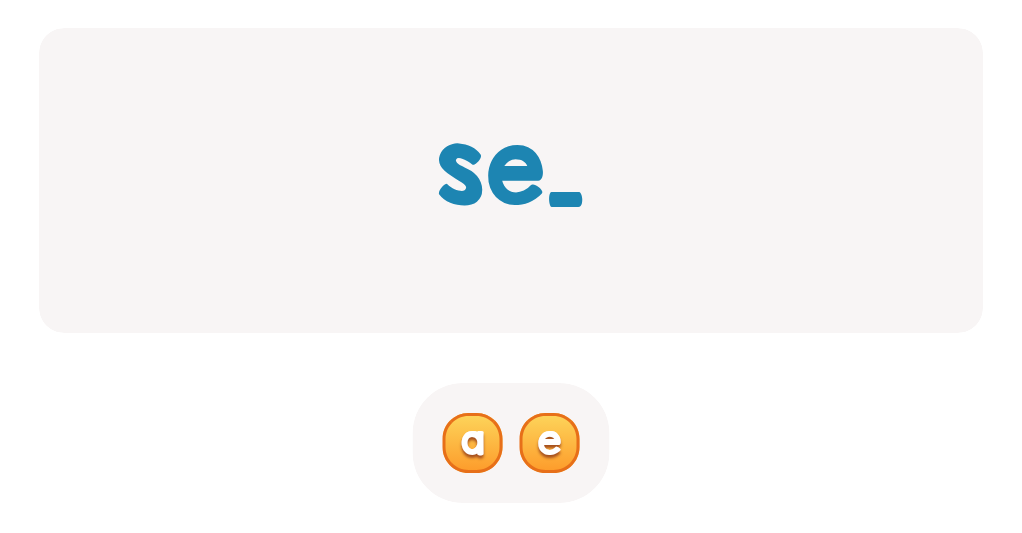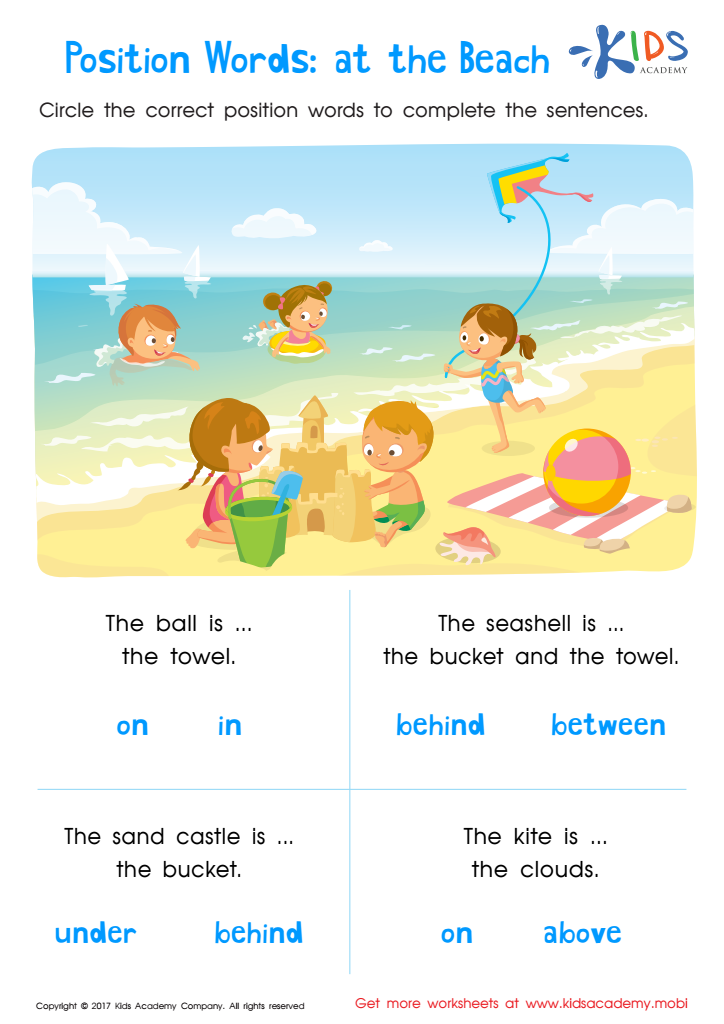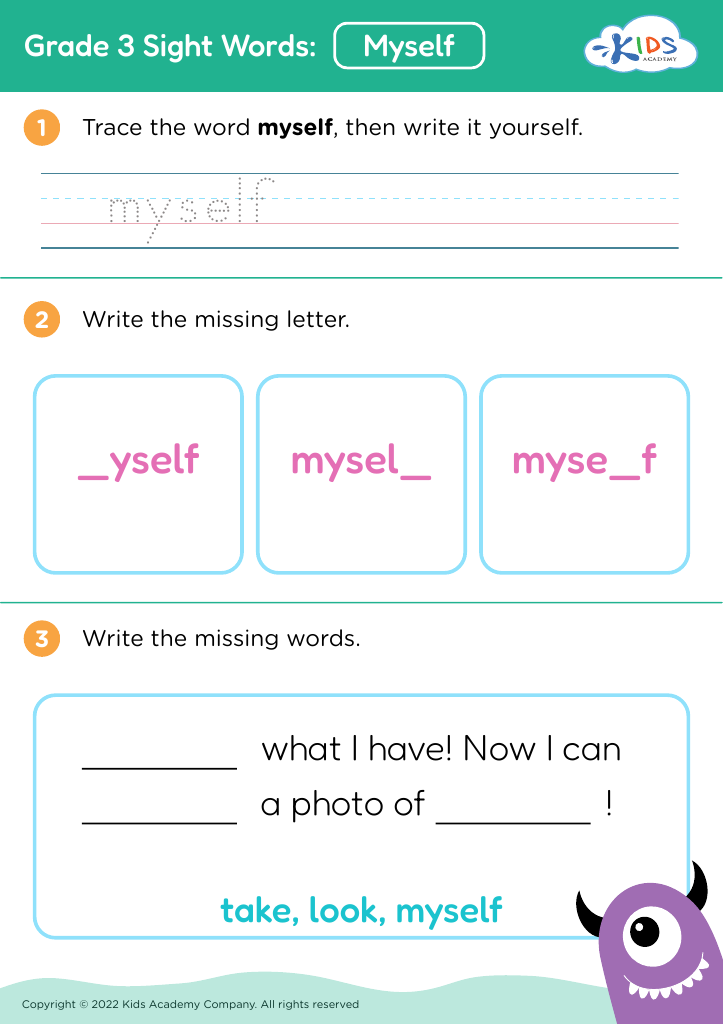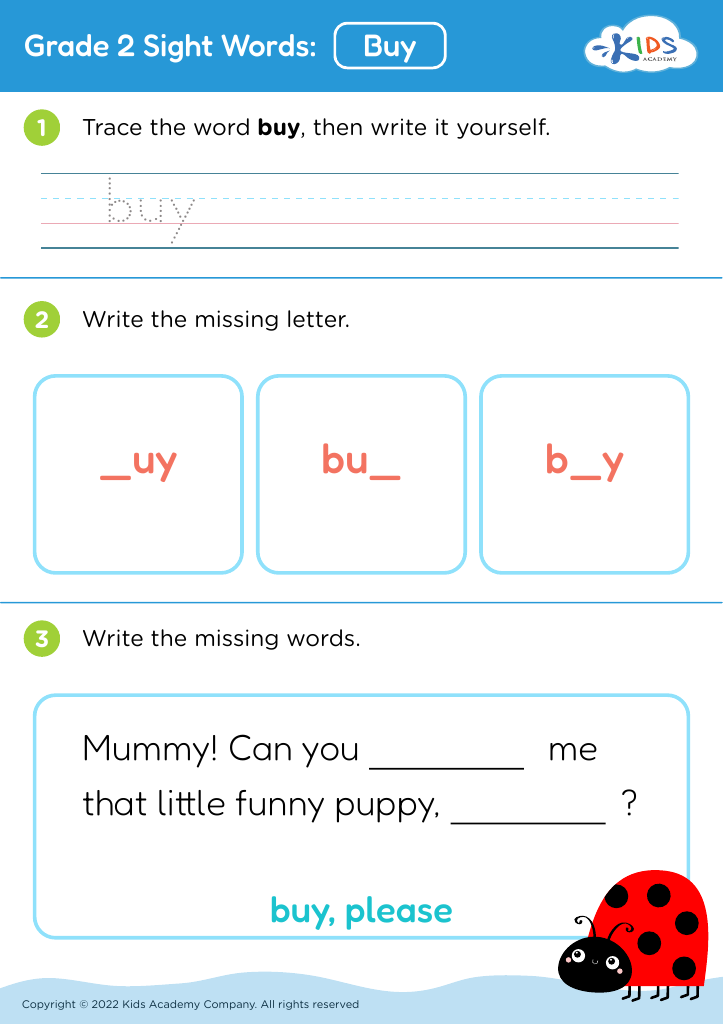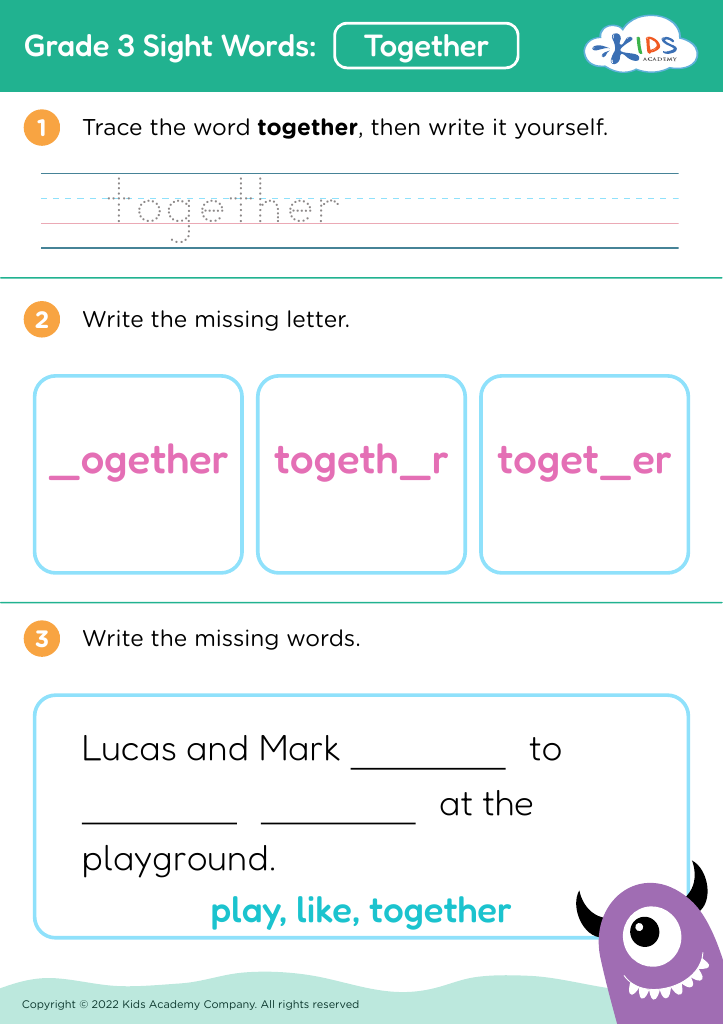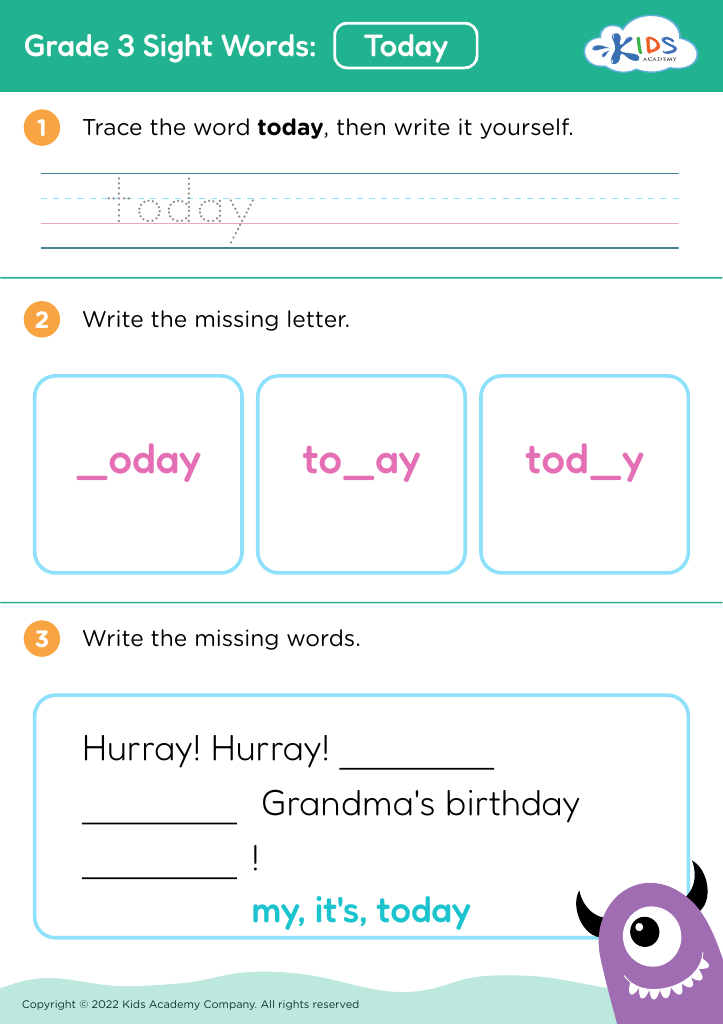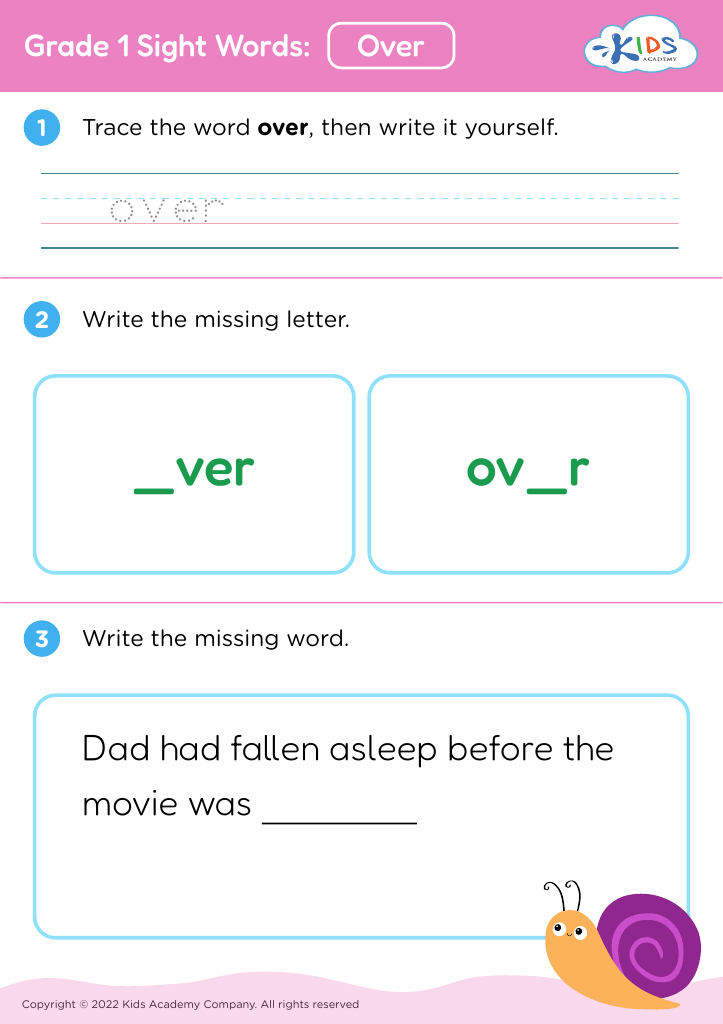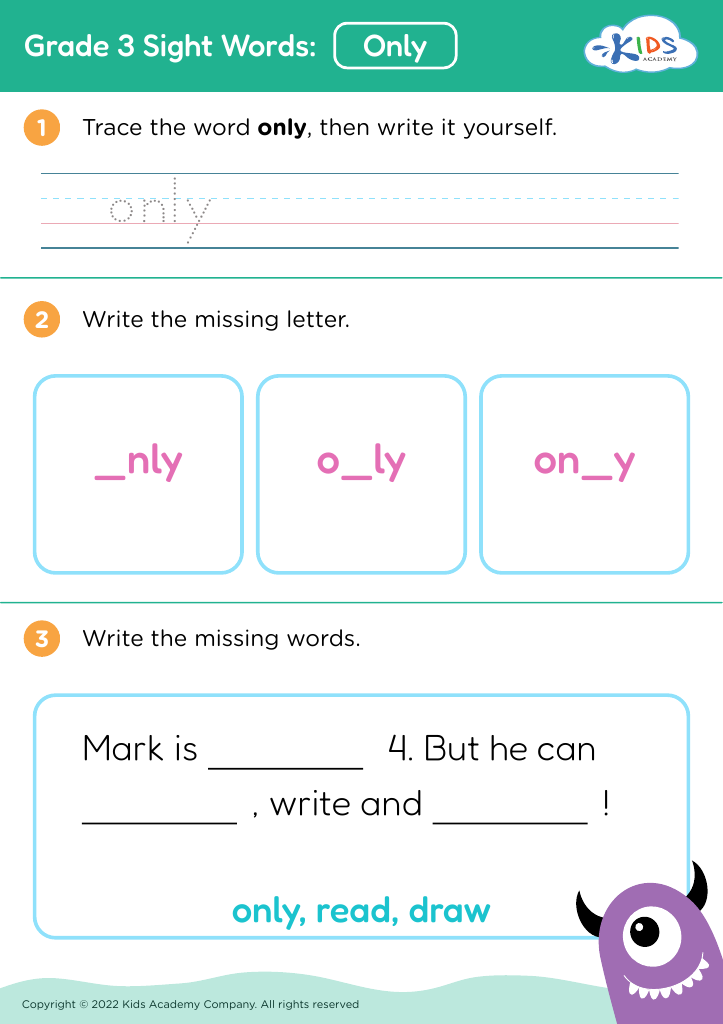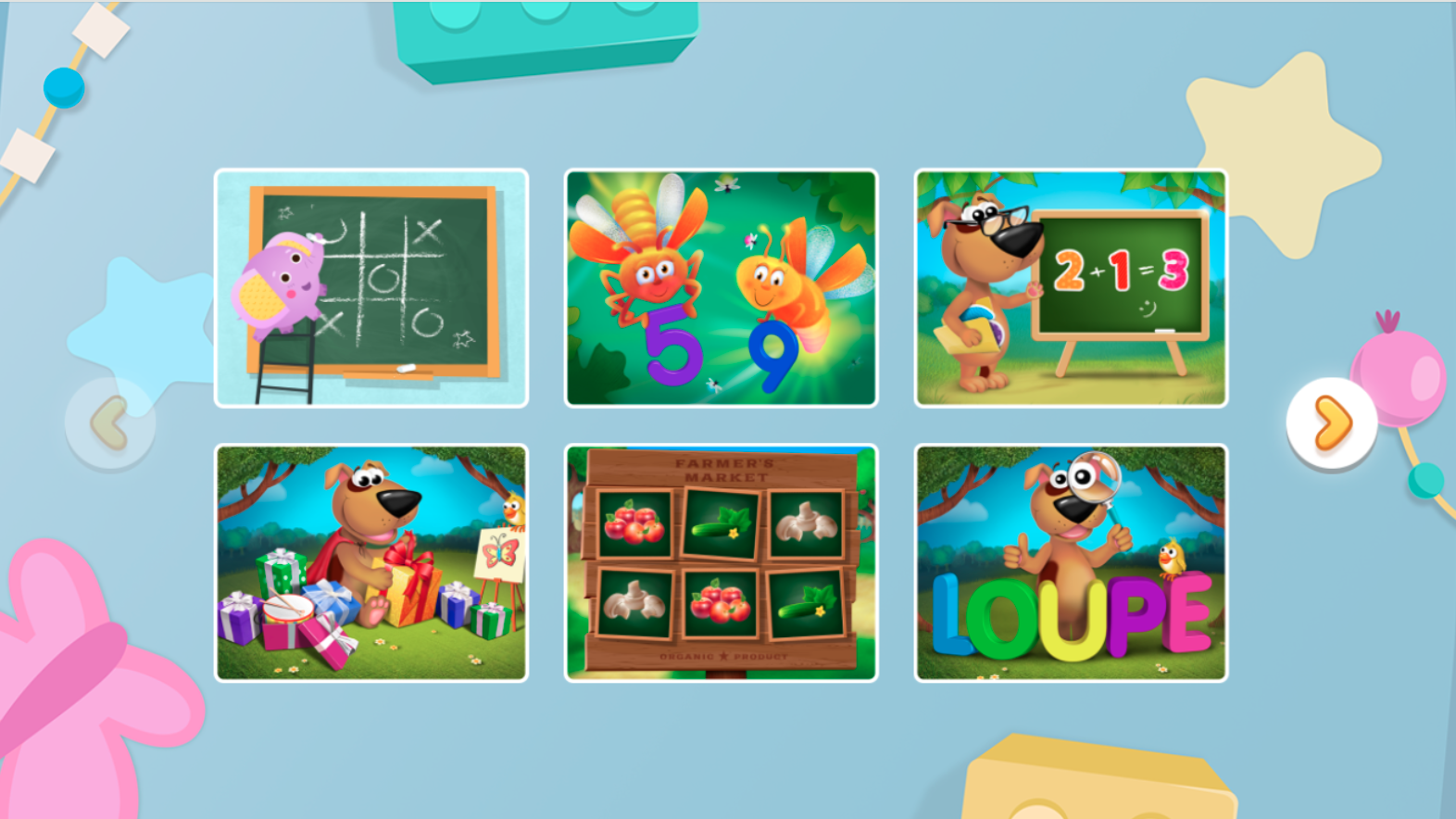Reading comprehension Sight Words Worksheets for Ages 7-9
14 filtered results
-
From - To
Improve your child's reading skills with our "Reading Comprehension Sight Words Worksheets for Ages 7-9". These engaging worksheets are designed to help young readers recognize and understand high-frequency sight words, boosting their reading fluency and comprehension. Through various exercises and activities, kids will enhance their vocabulary and develop critical reading strategies. Our worksheets are crafted to align with educational standards, making them perfect for classroom use or home practice. With bright illustrations and fun challenges, these worksheets turn learning into an enjoyable adventure, ensuring that your child builds a strong foundation in reading and comprehension.
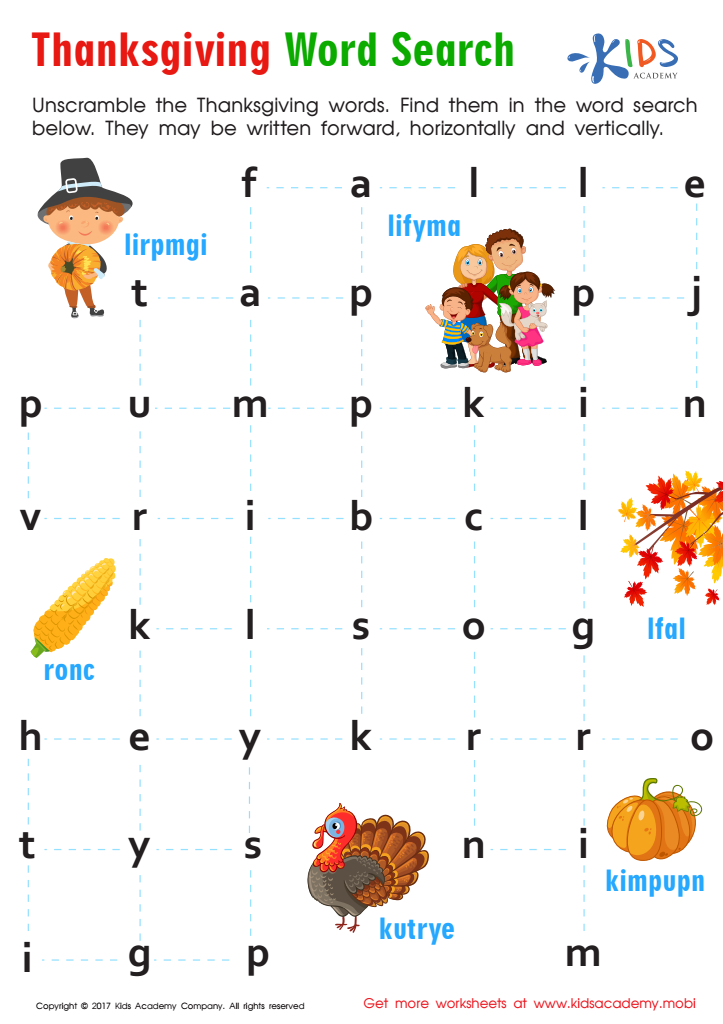

Thanksgiving Word Search Sight Words Worksheet
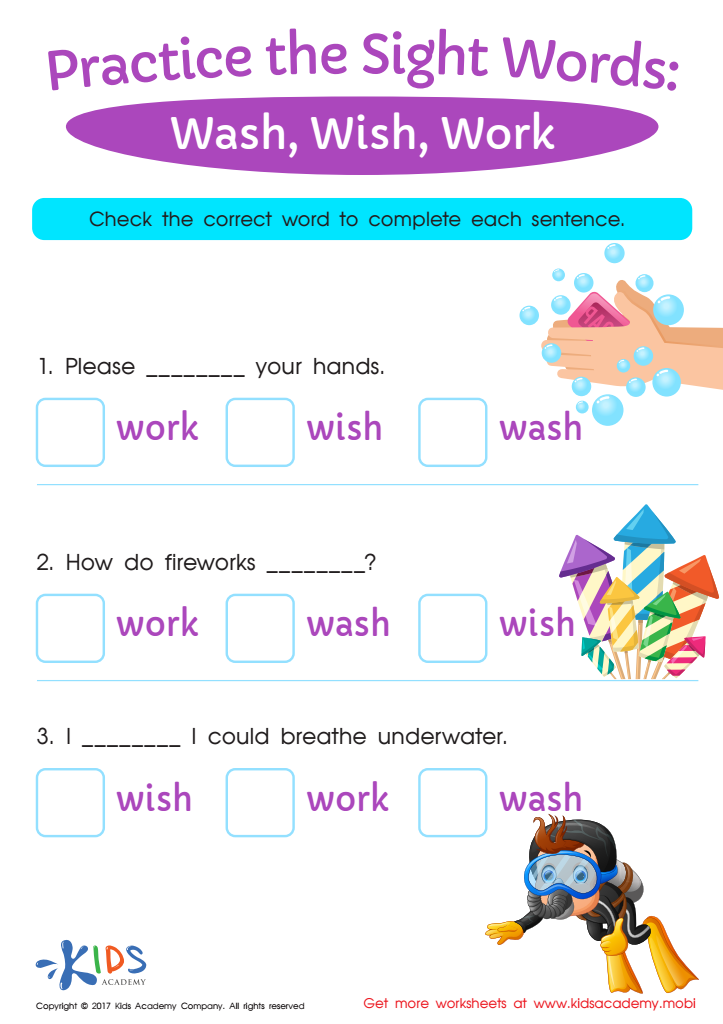

Wash, Wish, Work Sight Words Worksheet
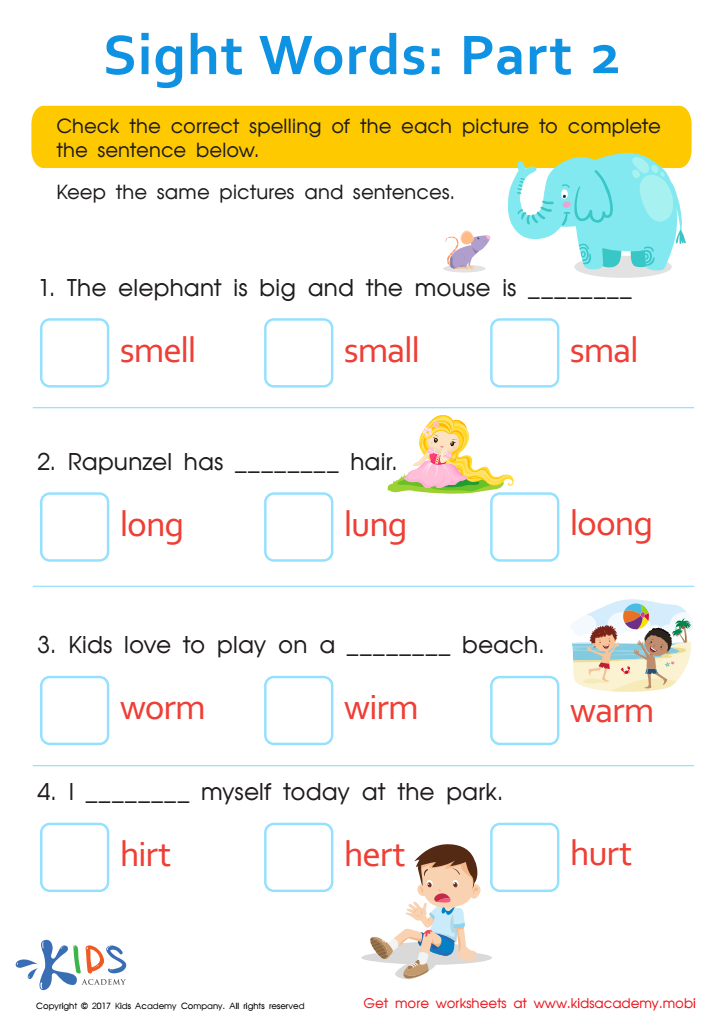

Sight Words Worksheet
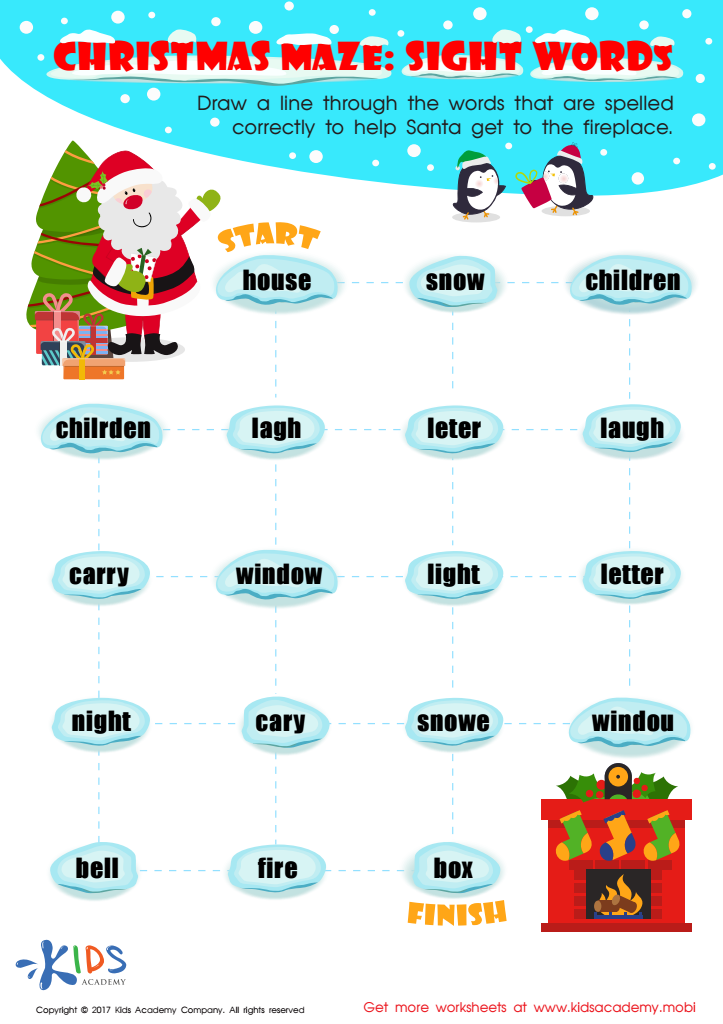

Sight Words Christmas Maze Printable


There, Those and These Sight Words Worksheet
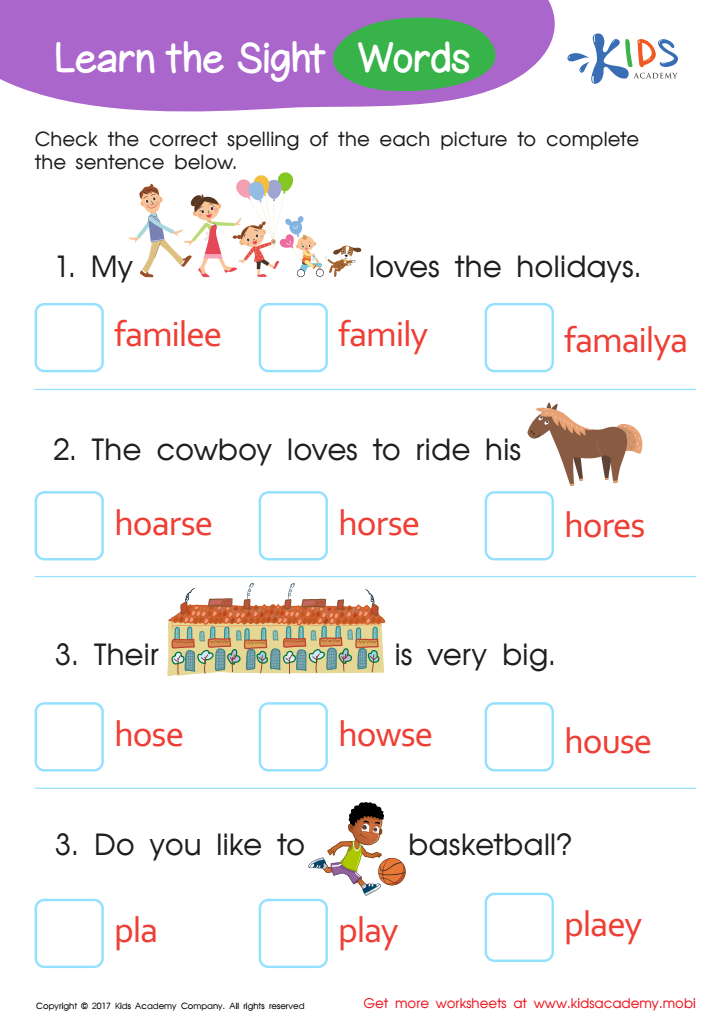

Family, Horse, House, Play Sight Words Worksheet


Up or Down Printable Sight Words Worksheet
Reading comprehension and sight words are fundamental components of early literacy that parents and teachers should prioritize, especially for children aged 7-9. These years are crucial for developing reading skills, which serve as the foundation for future academic success and lifelong learning.
Sight words, also known as high-frequency words, are commonly encountered in texts and often do not follow regular phonetic rules. When children recognize these words instantly, it dramatically improves their reading fluency. Fluency, in turn, enhances comprehension because children can focus on understanding the story rather than decoding individual words. This ease in reading also nurtures a love for books, making children more likely to read independently and regularly—a habit linked to higher academic achievement.
By mastering sight words and improving reading comprehension, children can better grasp complex concepts in various subjects, from science to social studies. It also promotes critical thinking and the ability to follow instructions, which are crucial life skills. Moreover, the sense of accomplishment that comes with improved reading ability boosts a child’s self-esteem and fosters a positive attitude towards learning.
Therefore, investing time and resources in teaching sight words and comprehension not only contributes to a child's academic prowess but also to the development of well-rounded, confident individuals equipped for future success.
 Assign to My Students
Assign to My Students
